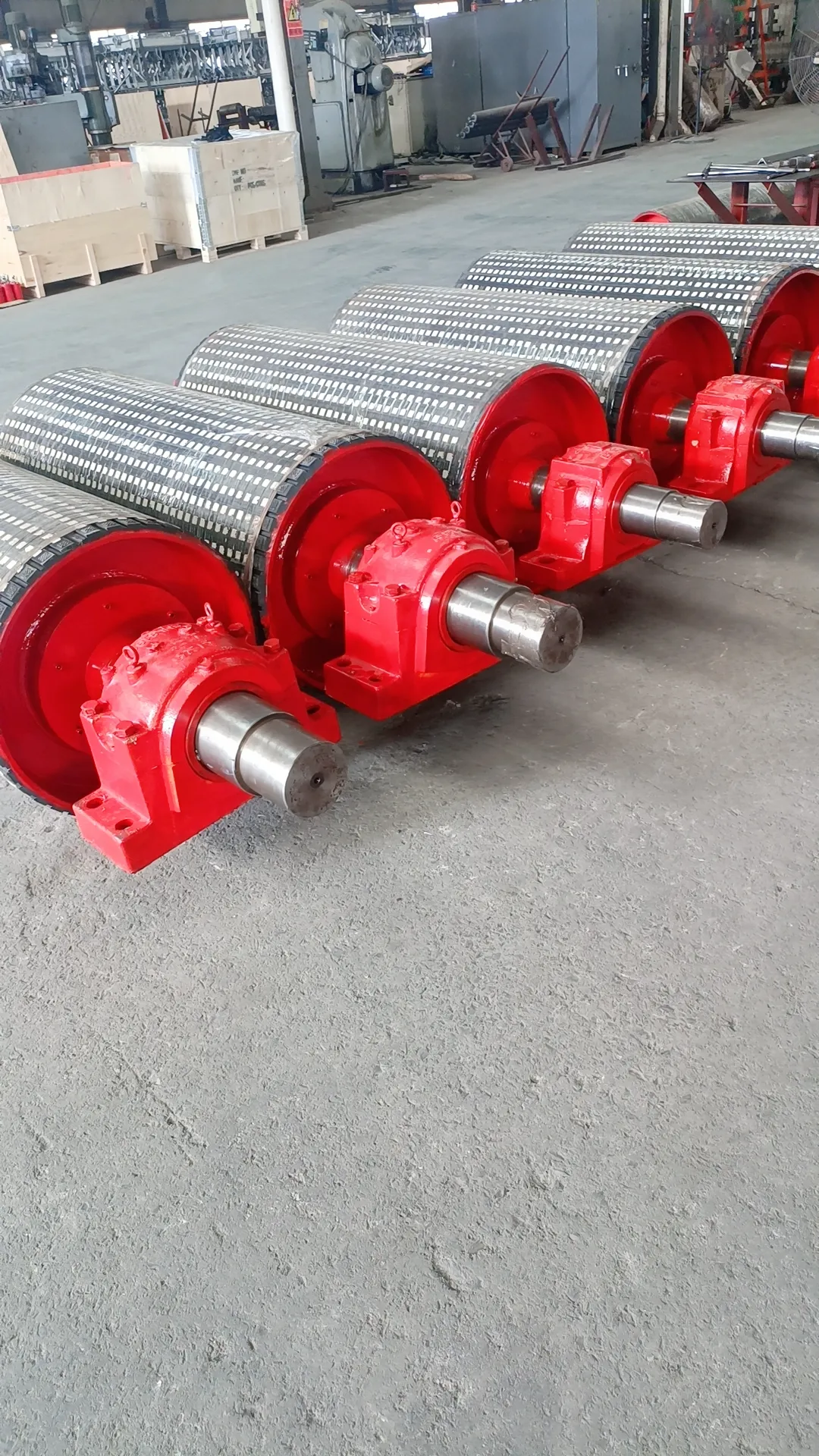 Afrikaans
Afrikaans  Albanian
Albanian  Amharic
Amharic  Arabic
Arabic  Armenian
Armenian  Azerbaijani
Azerbaijani  Basque
Basque  Belarusian
Belarusian  Bengali
Bengali  Bosnian
Bosnian  Bulgarian
Bulgarian  Catalan
Catalan  Cebuano
Cebuano  Corsican
Corsican  Croatian
Croatian  Czech
Czech  Danish
Danish  Dutch
Dutch  English
English  Esperanto
Esperanto  Estonian
Estonian  Finnish
Finnish  French
French  Frisian
Frisian  Galician
Galician  Georgian
Georgian  German
German  Greek
Greek  Gujarati
Gujarati  Haitian Creole
Haitian Creole  hausa
hausa  hawaiian
hawaiian  Hebrew
Hebrew  Hindi
Hindi  Miao
Miao  Hungarian
Hungarian  Icelandic
Icelandic  igbo
igbo  Indonesian
Indonesian  irish
irish  Italian
Italian  Japanese
Japanese  Javanese
Javanese  Kannada
Kannada  kazakh
kazakh  Khmer
Khmer  Rwandese
Rwandese  Korean
Korean  Kurdish
Kurdish  Kyrgyz
Kyrgyz  Lao
Lao  Latin
Latin  Latvian
Latvian  Lithuanian
Lithuanian  Luxembourgish
Luxembourgish  Macedonian
Macedonian  Malgashi
Malgashi  Malay
Malay  Malayalam
Malayalam  Maltese
Maltese  Maori
Maori  Marathi
Marathi  Mongolian
Mongolian  Myanmar
Myanmar  Nepali
Nepali  Norwegian
Norwegian  Norwegian
Norwegian  Occitan
Occitan  Pashto
Pashto  Persian
Persian  Polish
Polish  Portuguese
Portuguese  Punjabi
Punjabi  Romanian
Romanian  Russian
Russian  Samoan
Samoan  Scottish Gaelic
Scottish Gaelic  Serbian
Serbian  Sesotho
Sesotho  Shona
Shona  Sindhi
Sindhi  Sinhala
Sinhala  Slovak
Slovak  Slovenian
Slovenian  Somali
Somali  Spanish
Spanish  Sundanese
Sundanese  Swahili
Swahili  Swedish
Swedish  Tagalog
Tagalog  Tajik
Tajik  Tamil
Tamil  Tatar
Tatar  Telugu
Telugu  Thai
Thai  Turkish
Turkish  Turkmen
Turkmen  Ukrainian
Ukrainian  Urdu
Urdu  Uighur
Uighur  Uzbek
Uzbek  Vietnamese
Vietnamese  Welsh
Welsh  Bantu
Bantu  Yiddish
Yiddish  Yoruba
Yoruba  Zulu
Zulu The Advantages of Ceramic Lagging Conveyor Pulley for Industrial Efficiency
Conveyor systems are integral to various industries, facilitating the efficient movement of goods over long distances. One of the critical components of these systems is the conveyor pulley, which plays a significant role in the functionality and longevity of the entire operation. In recent years, the introduction of ceramic lagging conveyor pulley has revolutionized the way industries approach conveyor maintenance and performance. This article explores the advantages of ceramic lagging pulley and how they can enhance the efficiency of your conveyor system.

Improved Traction and Reduced Slippage
A major issue faced in conveyor systems is the slippage of the conveyor belt, particularly when operating under heavy loads or in wet, muddy conditions. Ceramic lagging conveyor pulley are designed to address this problem by providing superior traction between the belt and pulley surface. The ceramic-coated surface of the pulley creates a rougher texture that ensures better grip, reducing the likelihood of slippage. This enhancement leads to smoother, more consistent operations, ensuring that the conveyor belt remains aligned and reduces the wear and tear on the belt.
Moreover, ceramic lagging pulley are especially beneficial in high-moisture environments, such as in mining, quarrying, and other heavy-duty industries. The ceramic material’s resistance to water and other harsh elements ensures that the pulley maintains its performance, even in challenging conditions.
Increased Durability and Reduced Maintenance Costs
Another significant advantage of ceramic lagging pulley is their durability. Ceramic is known for its hardness and resistance to abrasion, making it an excellent material for prolonging the lifespan of conveyor pulleys. With a ceramic lagging pulley, the surface of the pulley is less likely to wear down over time, which means fewer replacements and lower maintenance costs. This increased durability also leads to fewer unscheduled downtimes, enhancing overall productivity.
Additionally, ceramic pulley provide greater resistance to corrosion, especially in environments where chemical exposure is prevalent. This further reduces the need for regular maintenance, saving companies both time and money in the long run.
Upgrade Your Conveyor System Today
If you're looking to enhance the efficiency, longevity, and performance of your conveyor system, investing in ceramic lagging conveyor pulley is a smart choice. By improving traction and reducing maintenance costs, ceramic pulley can significantly contribute to the smooth operation of your business. Contact a trusted supplier today to learn more about ceramic lagging pulley and how they can benefit your operations.
-
Impact Roller for Belt Conveyor – Durable Solutions for IndustryNewsNov.24,2025
-
Rubber Conveyor Rollers – Quiet, Durable, Sealed BearingsNewsNov.24,2025
-
Industrial Conveyor Belt Rollers: Durable Solutions for Harsh EnvironmentsNewsNov.24,2025
-
Idler Rollers for Belt Conveyors | Durable, Low-Noise OEMNewsNov.24,2025
-
Durable Rubber Conveyor Belt Rollers for Industrial UseNewsNov.24,2025
-
Ceramic Lagging Conveyor Pulley – Anti-Slip, Wear-ResistantNewsNov.17,2025





























